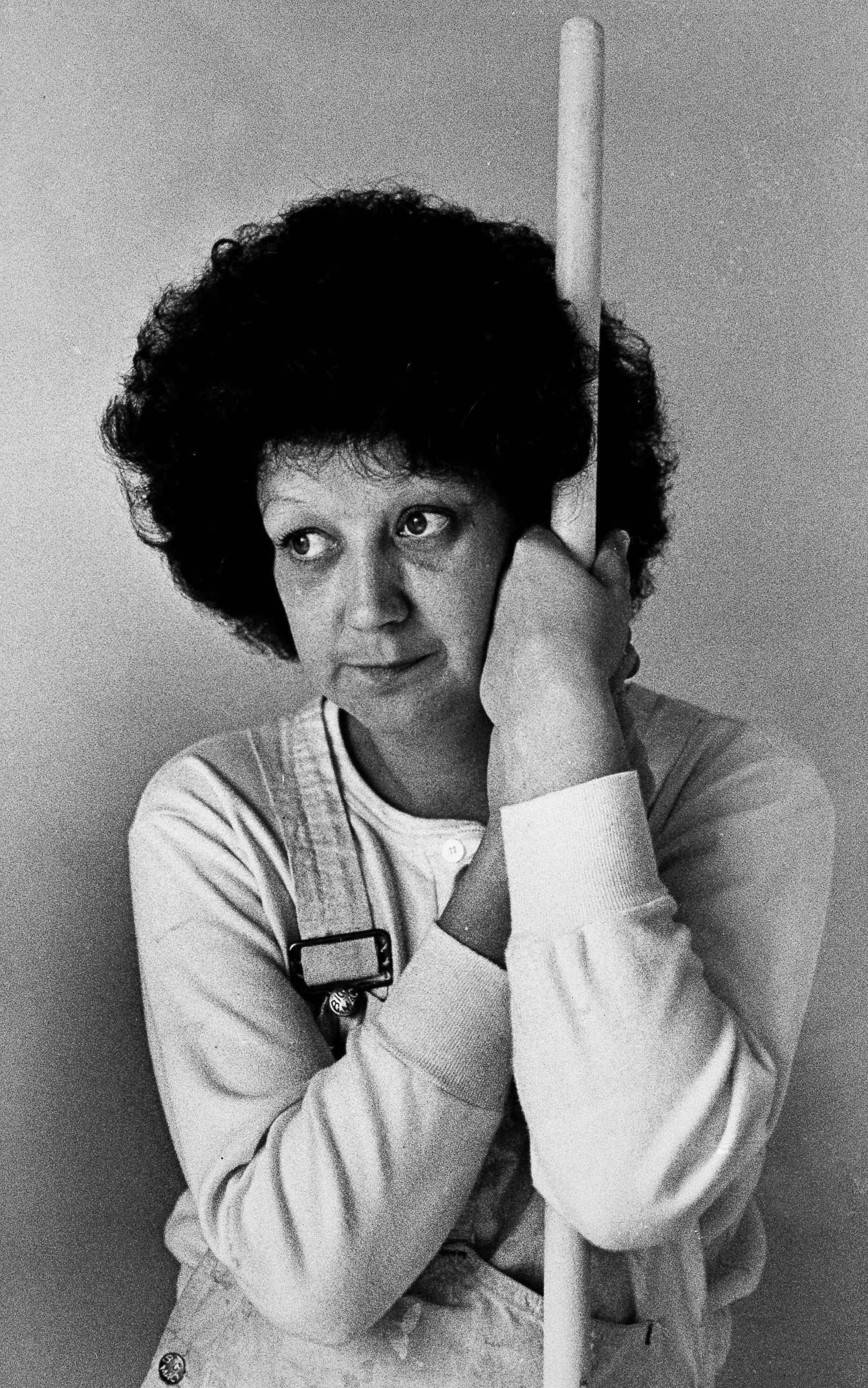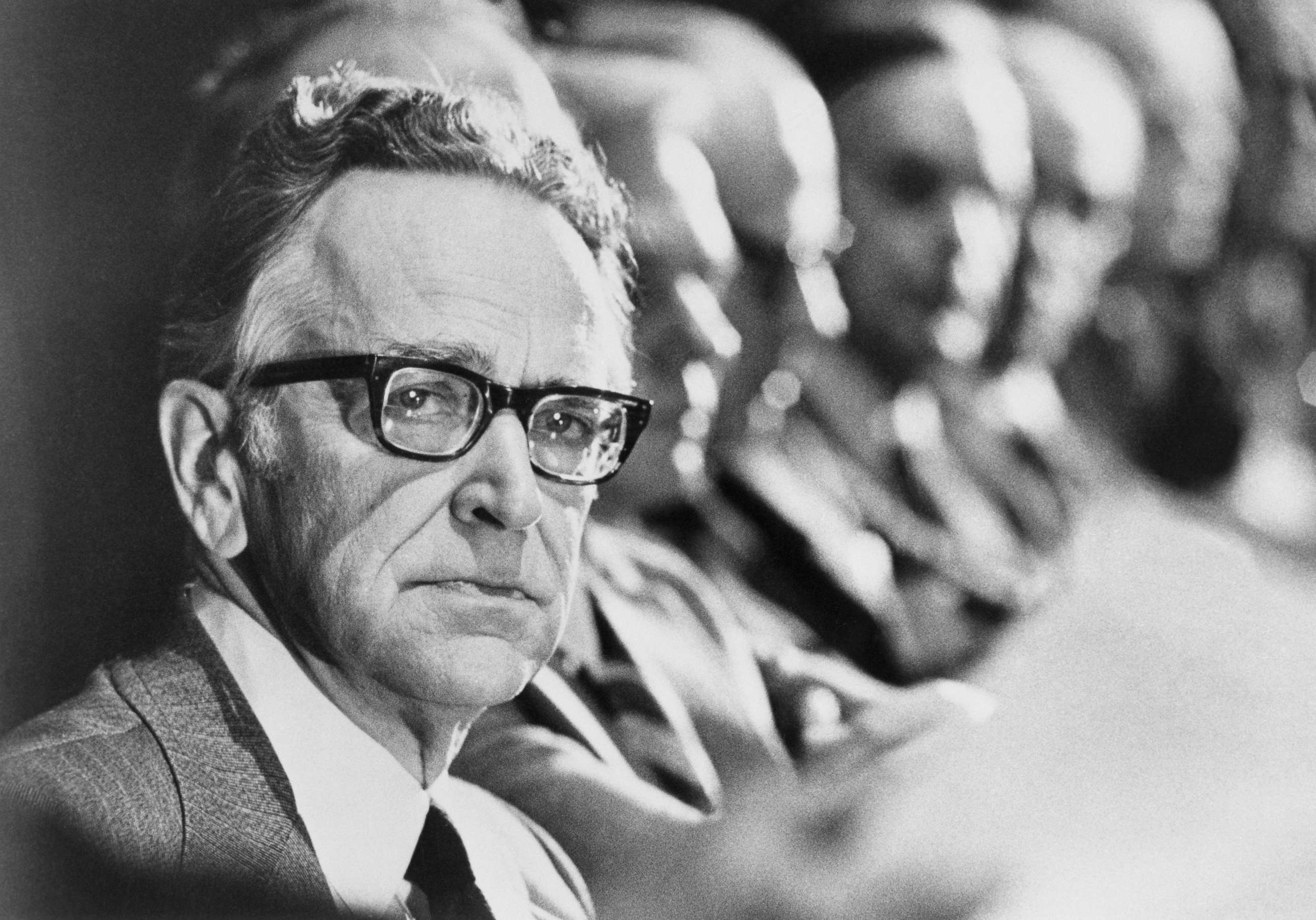How a new Supreme Court justice could impact abortion rights
The abortion case is a hot-button issue for the shifting Supreme Court.
President Trump's appointment of a new, conservative Supreme Court justice could have a major impact on a number of federal laws, but pro-abortion rights groups fear Roe v. Wade could be one of the biggest to be overturned.
The landmark abortion case has been the law of the land for more than 45 years now, but the shifting balance of the nation's highest court after the retirement of its longtime swing vote, Justice Anthony Kennedy, may mean more solidly conservative rulings in the future.
Earlier this week, Trump announced he had tapped U.S. Circuit Court Judge Brett Kavanaugh as his latest Supreme Court justice pick. The question of abortion rights came up when Kavanaugh was put forward for his position on the D.C. Circuit Court of Appeals in 2006. At the time, he said that the existing standard should continue.
"On the question of Roe v. Wade, if confirmed to the D.C. Circuit, I would follow Roe v. Wade faithfully and fully. That would be binding precedent of the Court. It’s been decided by the Supreme Court," Kavanaugh said during the 2006 hearing.
But when Sen. Chuck Schumer, D-N.Y., pressed Kavanaugh to give his personal opinion of Roe, Kavanaugh did not directly answer, instead saying that the Supreme Court had upheld Roe "repeatedly" and that it would not be "appropriate" to share his own views.
Pro-abortion rights groups are still concerned that as a whole, a more conservative-leaning court would be open to the idea of overturning Roe.
Here’s a look back at the controversial court case that guaranteed women the right to safe and legal ways to end unwanted pregnancies, and the possible legal landscape for abortion rights moving forward.
Who was Jane Roe?

The identity of the woman at the heart of the landmark case was initially kept private, with the name Jane Roe used in the court battle. Roe was later identified as Norma McCorvey, who died in February 2017.
McCorvey's journey to becoming Jane Roe began after she tried to have an abortion while pregnant with her third child. It was 1969, and McCorvey was 22 and living in Texas. She initially claimed to have been raped, which might have allowed her to have an abortion legally since Texas law made exceptions for cases of rape and incest. But she later publicly acknowledged that had been a lie.
McCorvey's first child was being raised by her mother and she had given her second up for adoption, according to the Associated Press.

McCorvey was put in touch with two Texas lawyers who were building a case against state laws that banned abortion and her case was attached to their suit as it moved through the court system.
The original case
Roe v. Wade was first argued in December 1971, re-argued in October 1972, and decided on Jan. 22, 1973, when it became the law of the land.
The court ruled in favor of Roe, with a vote of seven justices siding with her and two against. Justice Harry Blackmun wrote the majority opinion, saying that an individual’s right to privacy, as enumerated in different forms in both the Ninth and Fourteenth Amendments, is “broad enough to encompass a woman's decision whether or not to terminate her pregnancy.”

The two justices who opposed legalizing abortion were Justice Byron White, who wrote the dissenting opinion, and Justice William Rehnquist.
In his dissent, White wrote that the majority's opinion “values the convenience of the pregnant mother more than the continued existence and development of the life or potential life that she carries.”
The ruling effectively prohibited states from banning abortion before a fetus could be considered viable outside of the womb.
But the ruling also said that “a state can regulate abortions prior to viability so long as it doesn’t place an undue burden on the woman's right to abortion,” Erwin Chemerinsky, a dean and law professor at the University of California, Berkeley, told ABC News.
That part of the decision allows states to prohibit abortions after viability, except in certain cases.
But the ruling did not come in time for the real Roe to terminate her pregnancy. McCorvey gave birth to her third child, whom she put up for adoption.
McCorvey later went public and wrote an autobiography in 1994 expressing her support for a woman's right to choose to terminate a pregnancy.
She later reversed her position after undergoing a political and religious conversion.
"I'm 100 percent pro-life. I don't believe in abortion even in an extreme situation. If the woman is impregnated by a rapist, it's still a child. You're not to act as your own God," she told the Associated Press in 1998.
Roe v. Wade’s legal legacy
The decision had far-reaching implications, changing the medical landscape of the United States immediately, said Heather Shumaker, senior counsel for the National Women’s Law Center.
“There was a real patchwork of laws throughout the states and your access to abortion really depended on what state you were in,” Shumaker told ABC News.

Chemerinsky said that the landmark case is "part of a series of decisions about autonomy with regard to medical rights … but Roe itself is just about abortion rights."
The Roe v. Wade decision has also played an important role in subsequent Supreme Court cases about regulations surrounding abortion rights.
In Planned Parenthood v. Casey, the court “said you can’t create an undue burden with those regulations” placed by states on women seeking abortions, Shumaker said.
"More recently, Whole Women’s Health v. Hellerstedt clarified the undue burden standard in Casey," Shumaker added.
That decision "was really saying the regulation has to actually confer a benefit and that benefit has to outweigh a burden that was created by the regulation," she explained.
The state of abortion rights today
A number of states have passed regulations restricting women's access to abortion in recent years. One law in Iowa would, if implemented, become the most restrictive abortion law in the country, banning abortions after the first six weeks of pregnancy. Some women may not know they are pregnant at that point.
Regulations have also forced clinics to close, and there are currently six states with only one abortion provider. Arkansas was briefly added to that list but an ongoing legal battle there means that there are still three abortion providers operating.
Legally-mandated waiting periods in which women have to wait a certain number of hours before they can undergo an abortion have also been passed recently. Earlier this month, the Iowa Supreme Court struck down a law that required a woman to undergo a 72-hour waiting period before obtaining an abortion. But there are five other states with 72-hour waiting periods in place, and the majority of states have waiting periods ranging from 18 hours to more than 72 hours, according to the Guttmacher Institute.

How the new court could impact abortion rights
Concerns from pro-abortion rights groups that Roe v. Wade will be overturned are not as simple as the court reexamining that 45-year-old case.
A legal challenge to Roe would likely come in the form of a case challenging current state-level restrictions on abortion, Shumaker said.
"So we would have to wait to see a case that makes its way up the pipeline to the Supreme Court before they would review Roe v. Wade," she added.
And that might not be far off, Shumaker said, adding that "there are quite a few cases in the pipeline already."
Chemerinsky also said that he thinks “Roe will be threatened” by a change in the Court’s ideological makeup, but it won’t be the only case to be challenged.
“I think that affirmative action could change, I think marriage equality for gays and lesbians could change,” he said, adding that there were “many” areas of law that could be changed with a new, conservative Supreme Court.
Kavanaugh is Trump's second appointment to the court less than two years into his presidency.
The debate over his appointment -- and the future of the court itself -- will continue as Kavanaugh meets with senators ahead of the required confirmation hearings.




